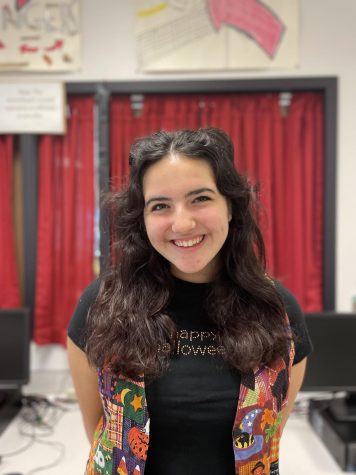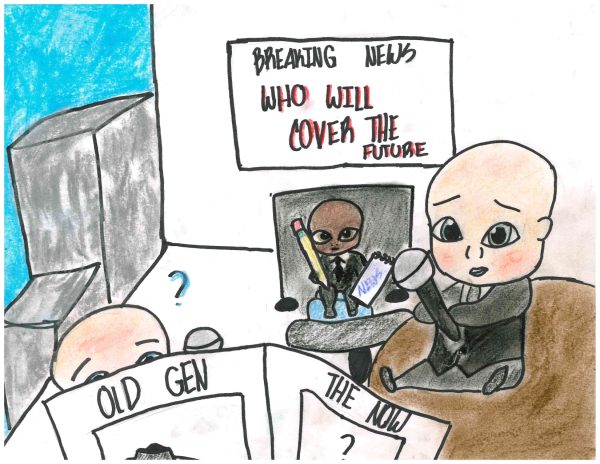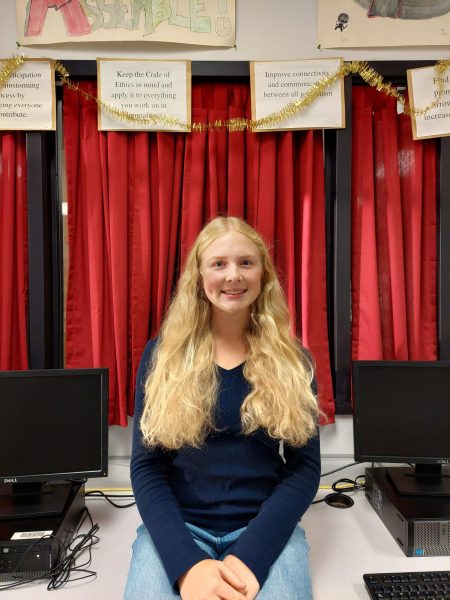News coverage of missing persons neglects Indigenous population
The media selects certain cases to report on every day, but constantly leaves Indigenous people who have gone missing or been murdered, on the sideline.. In contrast, attention is prioritized to white women in these situations, who end up on national news and in conversation.
In light of the recent news coverage of Gabby Petito, a travel influencer who was found murdered, it is important to remember that cases like this exist every day, but fail to get reported on.
According to NPR, since 2000, Indigenous people have made up 21% of homicides in Wyoming, although they make up 3% of the population. This statistic generally comes as a shock to many people, demonstrating how sparingly it is covered.
This issue can be traced back to the roots of our nation. Indigenous people have faced discrimination for centuries. Along with discrimination, they face neglect and disrespect in ways as tragic as homicide cases being overlooked by authority and media.
News outlets will claim that they do not report on these cases because there is hardly any information out there on them, but in many cases, it is the journalist’s responsibility to seek out this information. It is quite unfair that most cases that are not reported on do not get solved.
Take the recent Petito case as an example. Tragically, 22-year-old Petito was found deceased after being reported missing by her family. Petito is a white woman who posted occasionally on social media.
According to the New York Times, as of Wednesday morning, the hashtag #gabbypetito had received more than 794 million views on TikTok, which explains why the case received the coverage it did.
Petito’s case is extremely important, and she and her family deserved the amount of awareness they were given. Yet, the same things are happening daily to Indigenous women, and unequal efforts are made to spread awareness.
Many cases are solved due to awareness as well as investigation. As fewer people know about a case, there is a lower chance of it being solved.
This issue has gained momentum in the last few years, and particularly in the last few months. The name “Missing White Woman Syndrome” was coined for it, according to Gwen Ifill.
According to CNN journalist Mara Schiavocampo, there are lasting impacts on the lack of news coverage. “This actually has real-life implications for women of color. Why? This makes them less safe because perpetrators, predators, know that if you want to get away with murder, you seek the victim that no one is going to look for.”
Several names of women can be shared. Lorelee Lhotka, Nima Carter, Malia Bradford, Shaylanna Lewis, Kaylee Nelson Jerry, Stacey Kelekoma and countless others deserve justice. They have families. They are people. And they deserve to be known.
We’ve seen the trend of “Missing White Woman Syndrome” before with infamous cases such as Maura Murray, Shannan Watts and Laci Peterson, who are all white women. They each had intensive news coverage, and frenzies in the true crime community and across the country.
In response to the uprise in neglect towards Indigenous women’s safety, several organizations have been created to raise awareness. Native Women’s Wilderness and MMIWG2S were established for people to visit to gain insight on the injustice.
Visit justicefornativepeople.com, muckrock.com, and yakimaherald.com to find out more about people who lost their lives or have not been found.






